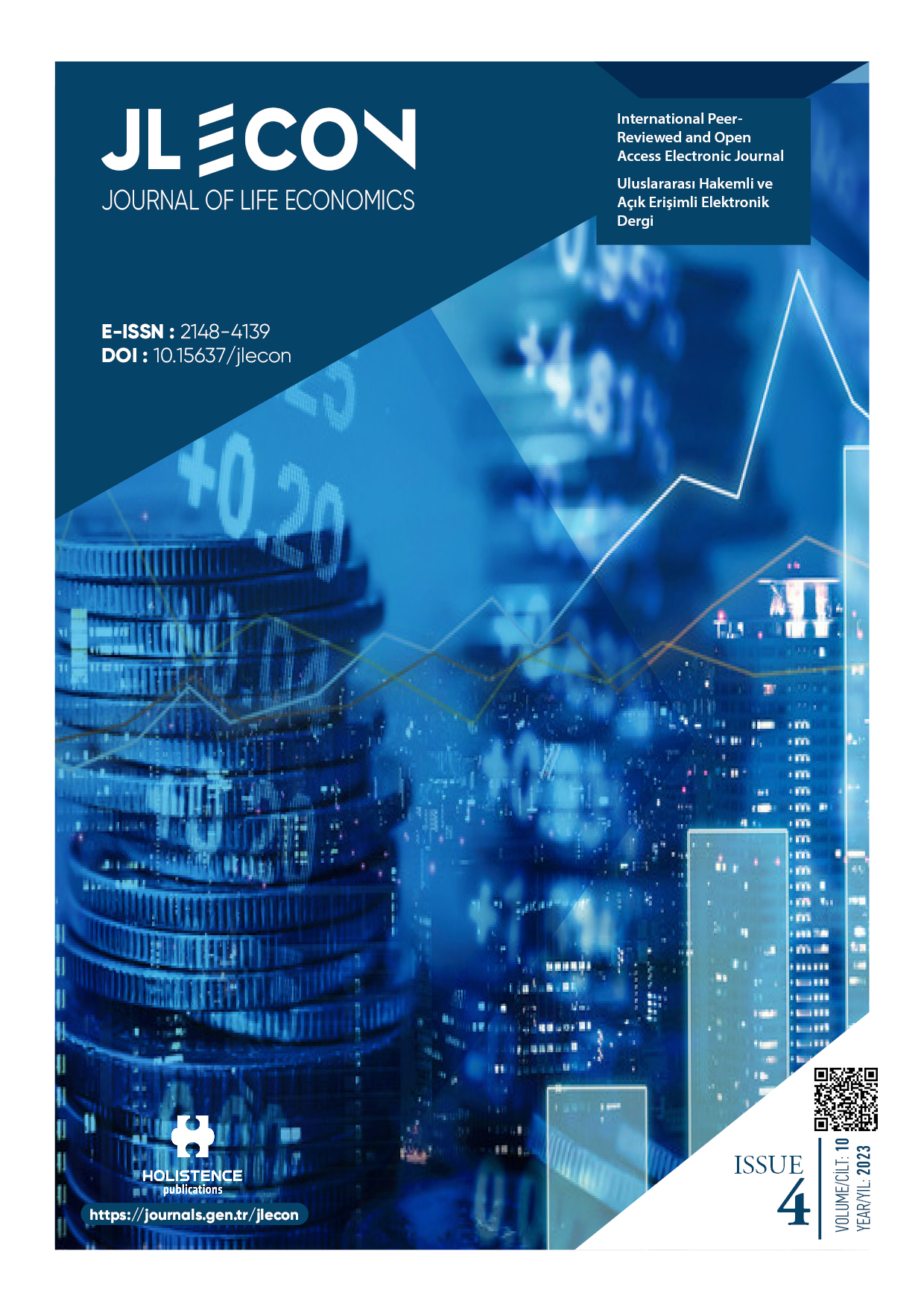A software development application for solving round trip slack time minimizing problems using backtracking method
DOI:
https://doi.org/10.15637/jlecon.2219Keywords:
Vehicle Routing Problem, Traveling Salesman Problem, Branch and Bound Technique, Backtracking Approach, C#Abstract
Even a small advantages can be important in the competition conditions that are increasing day by day in the enterprises, logistics is becoming more important with each passing day. A significant part of the expenses of enterprises constitute logistics. This study was carried out with a (exact, exact) method, which guarantees the optimal solution so as to minimize the total time spent waiting for the vehicles of a lojstik company carrying road passenger. The software was developed with the C# programming language for the solution. The method of solution of the problem was followed by the Backtracking approach of the Branch and Bound technique. This method used; has the ability to reduce total completed counting.
Downloads
References
BARKAOUI M., BERGER J. & BOUKHTOUTA A. (2015), Customer Satisfaction in Dynamic Vehicle Routing Problemwith Time Windows, Applied Soft Computing, Vol 35, ss.423-432.
BELL J. E. & MCMULLEN P. R. (2004). Ant Colony Optimization Techniques for the Vehicle Routing Problem, Advanced Engineering Informatics, C. 18, ss.41-48.
BORISENKO A., HAIDL M. & GORLATCH S. (2017), A GPU Parallelization of Branch-and-Bound for Multiproduct Batch Plants Optimization, Springer Science, C. 73, ss.639-651.
BRUSCO M. J. & STAHL S. (2005), Statistics and Computing, Branch and Bound Applications in Combinatorial Data Analysis, Springer Science, ss.4-8.
CARIC T., CALIC A., FOSIN J., GOLD H. & REINHOLZ A., (2008). A Modelling and Optimization Framework for Real-World Vehicle Routing Problems, Vehicle Routing Problem, Intechopen.
DANTZIG G. B. & RAMSER J. H. (1959), The Truck Dispatching Problem, Management Science, 1959, C. 6, S. 2, ss. 80-91.
DASTGHAIBIFARD G.H., ANSARI E., SHEYKHALİSHAHİ S.M., BAVANDPOURI A. & ASHOOR E. (2008), A Parallel Branch and Bound Algorithm for Vehicle Routing Problem, Proceedings of the International MultiConference of Engineers and Computer Scientists, C. 2, ss.1-6.
HOKAMA P., MIYAZAWA F. K. & XAVIER E. C. (2016), Abranch and cut approach for the vehicle routing problem with loading constraints, Expert System With Applications, C. 47, ss. 1-13.
KADRİ A. A., KACEM I. & LABADİ K. (2016), A Branch-and-Bound Algorithm for Solving the Static Rebalancing Problem in Bicycle-Sharing Systems, Computers & Industrial Engineering, C. 95, ss.45-52.
KESKİNTÜRK T., TOPUK N. & ÖZYEŞİL O. (2015), Araç Rotalama Problemleri ile Çözüm Yöntemlerinin Sınıflandırılması ve Bir Uygulama, İşletme Bilimi Dergisi, C. 3, S. 2, ss.77-107.
LAPORTE G. (1992), The Vehicle Routing Problem: An overview of exact and approximate algorithms, European Journal of Operational Research, C. 59, ss.345-358.
LIU S. B., NG K. M. & ONG H. L. (2008). Branch-AndBound Algorithms For Simple Assembly Line Balancing Problem, International Journal of Advanced Manufacturing Technology, C. 36, ss.169-177.
McKEOWN G.P., RAYWARD-SMITH V.J. & TURPIN H.J. (1991), Branch-And-Bound as a Higher-Order Function, Annals of Operations Research, C. 33, ss.379-402.
MONTOYA A., GUÉRET C., MENDOZA J. E. & VILLEGAS J. G. (2016), A Multi-Space Sampling Heuristic for the Green Vehicle Routing Problem, Transportation Research Part C, C. 70, ss.113-128.
SEZEN H.K., (2017). Yöneylem Araştırması, Bursa: Dora Yayınevi,.
Downloads
Published
How to Cite
Issue
Section
License
Copyright (c) 2023 JOURNAL OF LIFE ECONOMICS

This work is licensed under a Creative Commons Attribution 4.0 International License.
When the article is accepted for publication in the Journal of Life Economics, authors transfer all copyright in the article to the Holistence Publications.The authors reserve all proprietary right other than copyright, such as patent rights.
Everyone who is listed as an author in this article should have made a substantial, direct, intellectual contribution to the work and should take public responsibility for it.
This paper contains works that have not previously published or not under consideration for publication in other journals.













